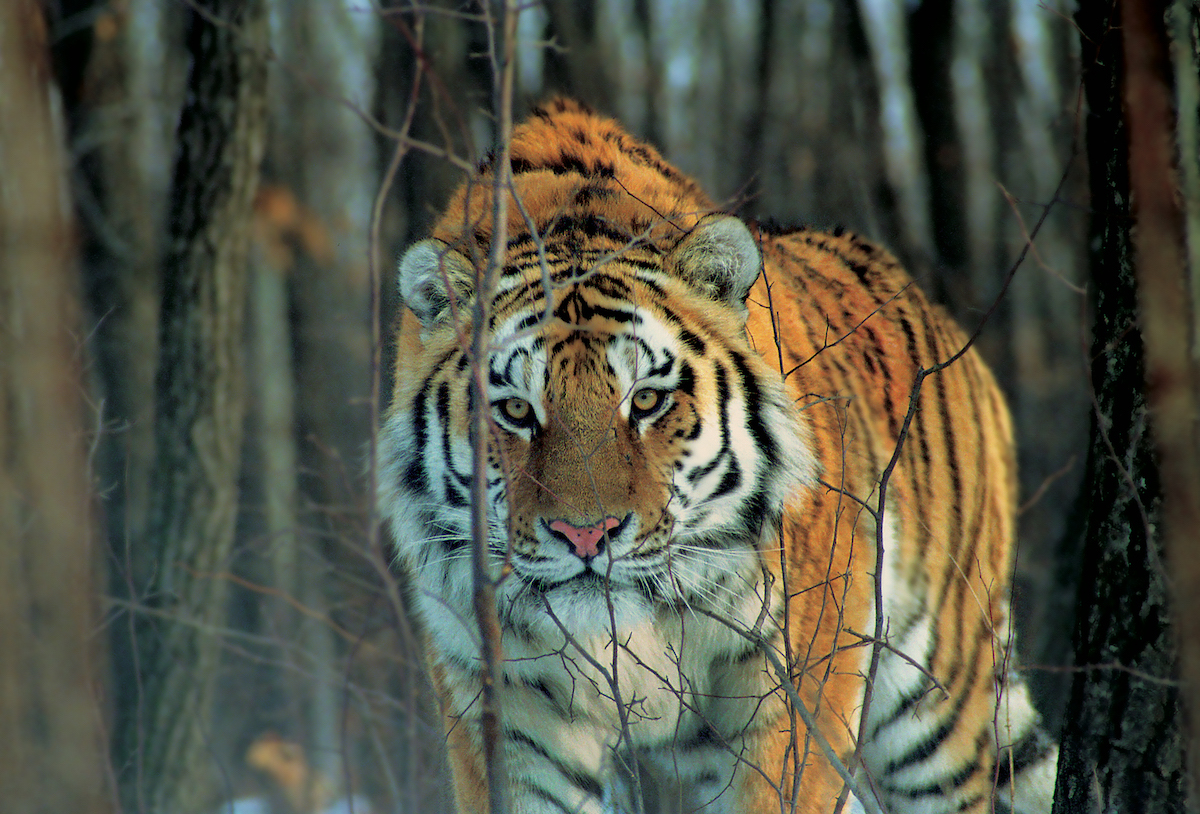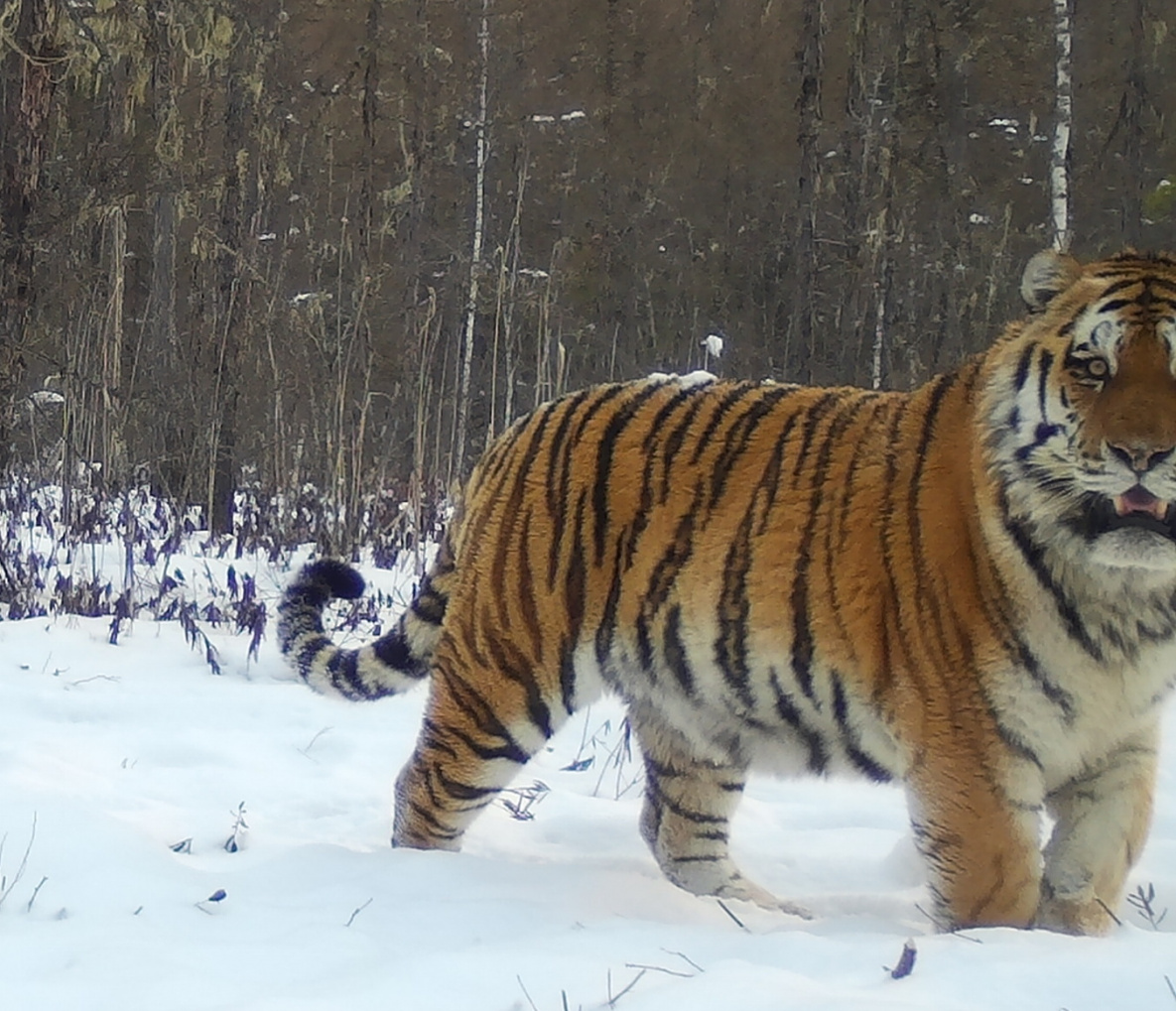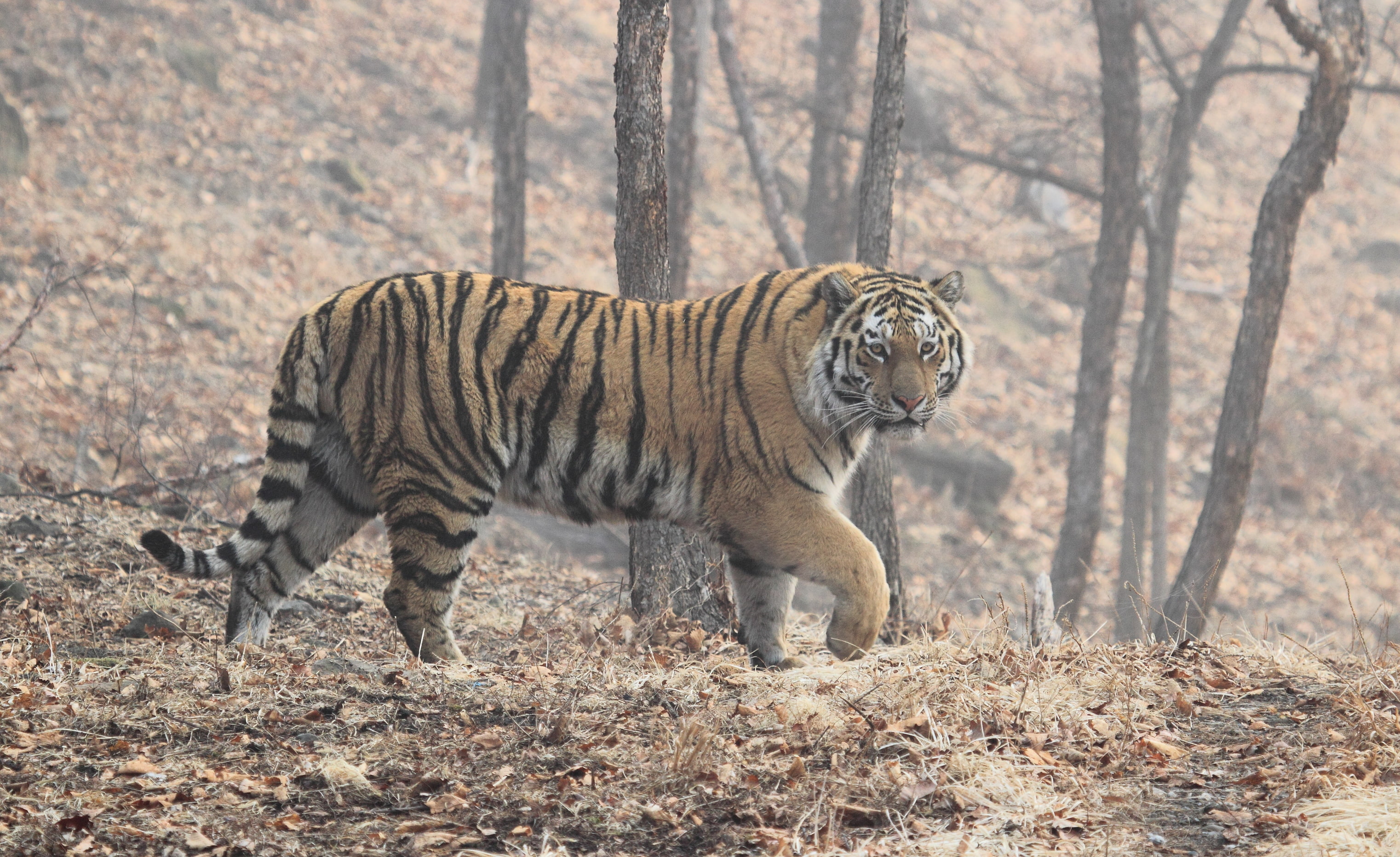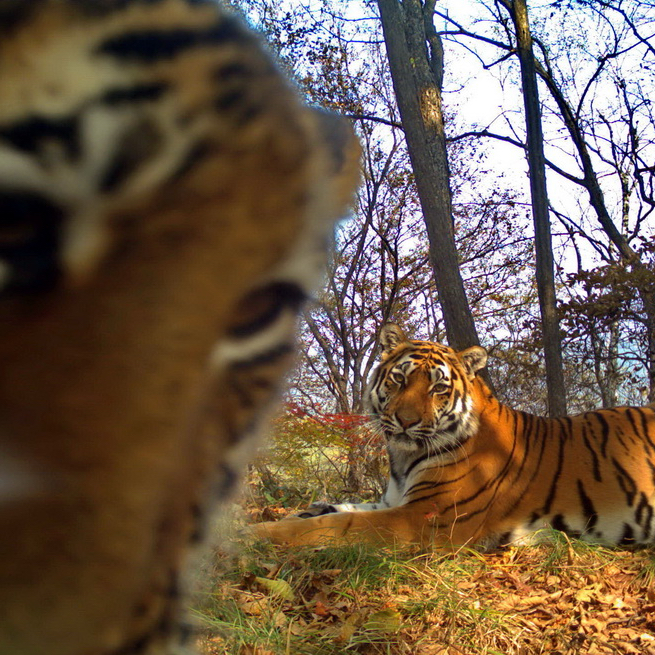
Save the tiger

To save the tiger’s live is our challenge. If we pass it, we will save our Planet.
The rest of the surviving tigers enjoy no less attention from the concerned public. Many thousands of people from various countries continue to closely follow the fate of “our” tiger, and the problem of its preservation has long grown up to the interstate level. Because wild animals are a common human property of the planet Earth.
States and peoples come and go into oblivion, and tigers live without recognizing any boundaries established by people. Where are those Jurchens and the once mighty Bohai kingdom, whose inhabitants probably also called the tiger ‘theirs’. As for the reasons for the decline in the number, they are the same all over the world – a change in the habitat, a reduction in food resources, illegal shooting, thoughtlessness of human actions, a lack of knowledge and information in the economic development of territories.
But it seems that humanity has matured to the understanding that the tiger was and remains the crown of the pyramid of the animal world, a kind of indicator of the well-being of the ecosystem. A cause for serious concern – there’re only few places left in the world where the conditions for a mighty cat are satisfactory. Slowly but steadily, as the ecological situation deteriorates, tigers continue to become extinct.
At the same time, large cats are not only part of the environment. They are associated with a thousand-year-old human culture, captured in the works of artists, in folk tales, on the coats of arms of countries and cities, in the rituals of the aborigines. They are an important component in the ecological balance of natural communities, the violation of which poses danger to humans.
Therefore, experts, scientists and simply thinking people of the planet, realizing that the impoverishment of the world of animals and plants has reached a critical point, are doing everything possible not to cross the line after which irreversible negative changes in the habitat of all living things begin.
During the war and devastation, people went to the costs and sacrifices to save historical values, masterpieces of art. They were dying of hunger next to the priceless canvases of great artists, without exchanging them for a piece of bread and a good life. But isn’t the tiger a masterpiece of nature? Not a living legend? Nature has been creating its works for millions of years. Including us. It also gave us a mind with which we are able to assess what is happening and find the right solution to the problem. If this does not happen, humanity is doomed. In the best case, a bleak prospect shines for it – to find itself in stone boxes, surrounded by crows, rats and cockroaches. We are to live on this land, and this is not the Governments, but we who decide what will be left to our descendants.




